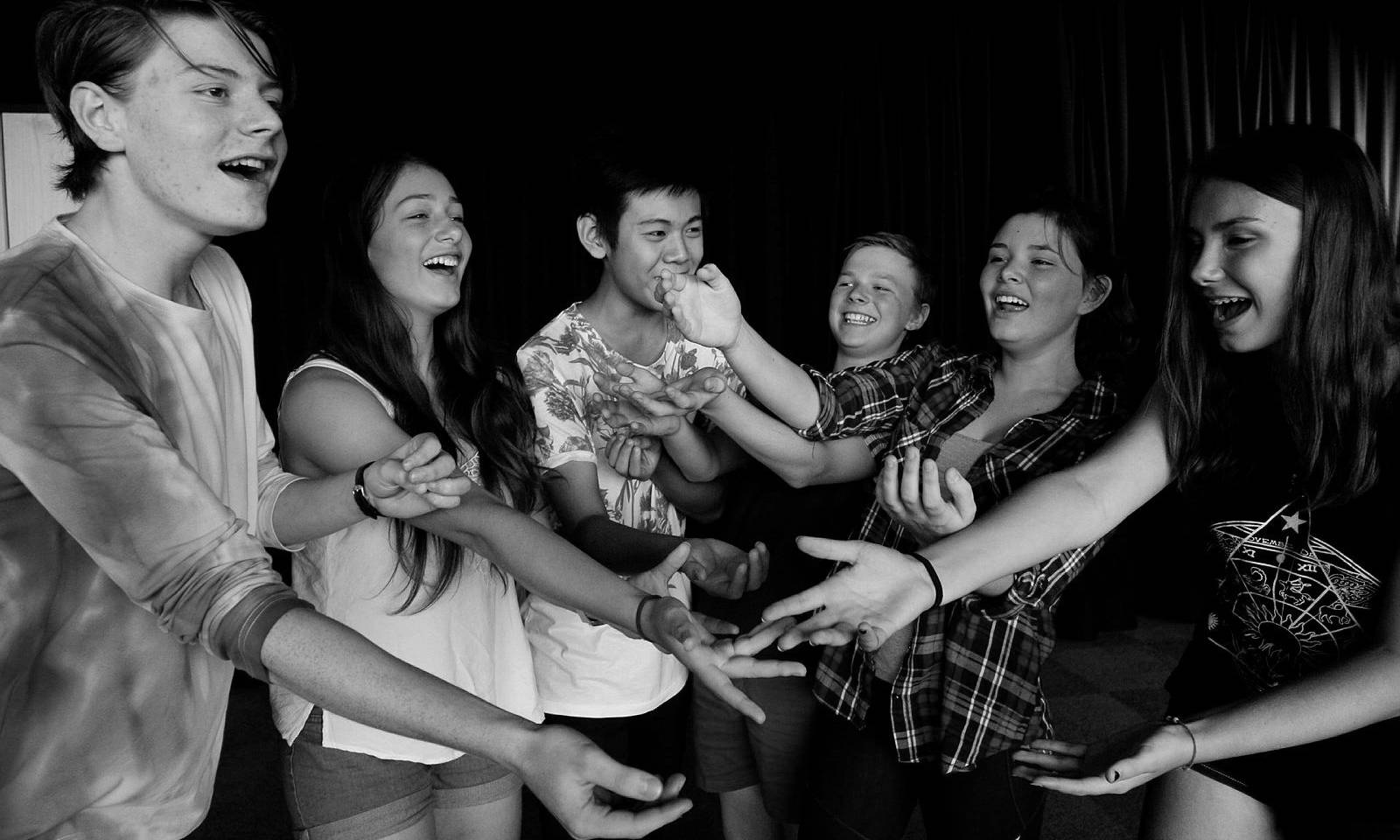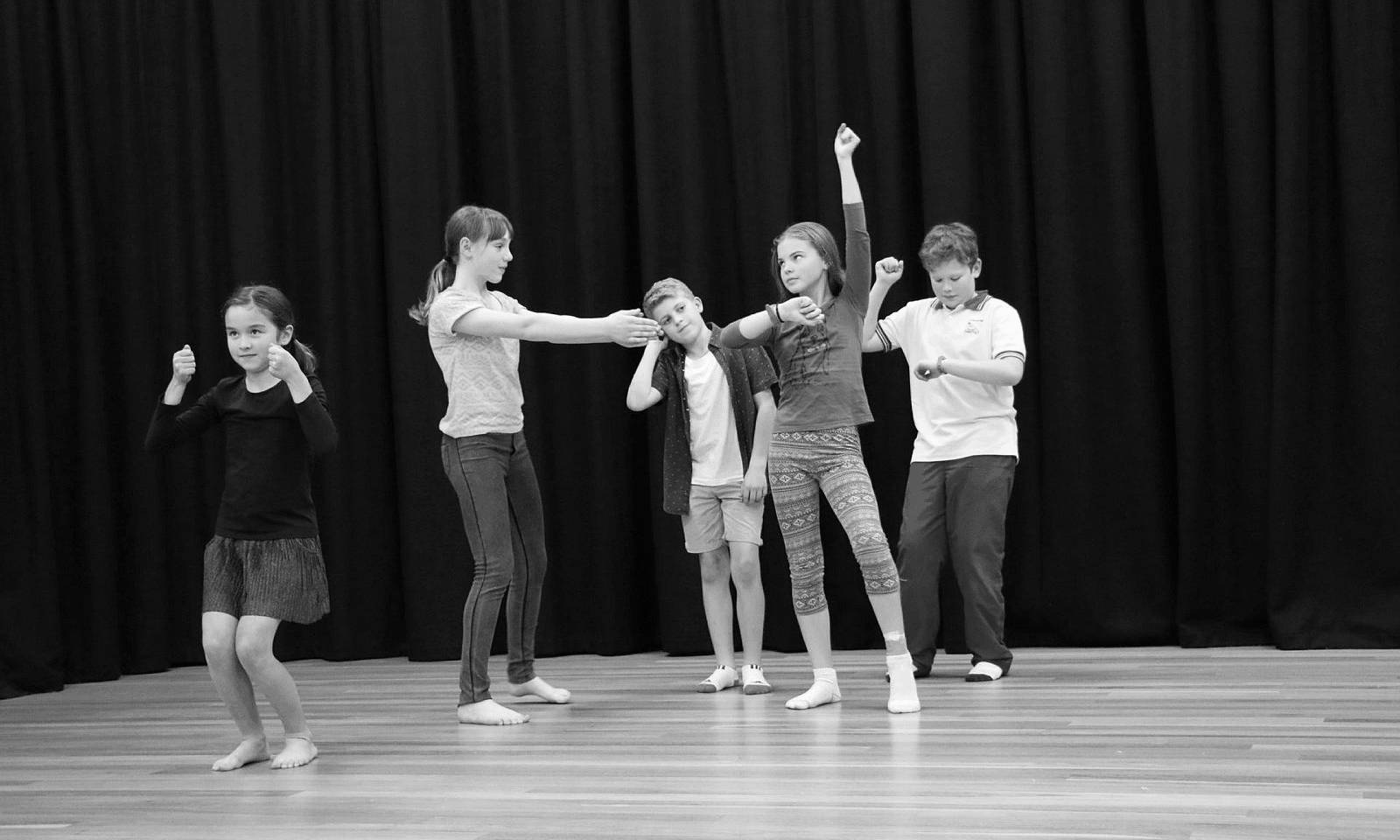Charles Street Square
The City of Parramatta’s new Charles Street Square, Parramatta Quay, provides a welcoming public space that connects people to Parramatta’s unique stories.
Within the new precinct is a layer of cultural interpretation which seeks to provide visitors with insights into Country, the river and landscape, and the people and events that have shaped our City over time.
-
Tens of thousands of years of flood events have formed what archaeologists call the Parramatta Sand Body.
Williams, A & McDonald, J. 2021 ‘We revisited Parramatta’s archaeological past to reveal the deep-time history of the heart of Sydney’, The Conversation, 21 Nov 2021
-
In a series of firsts, Parramatta’s first bridge was washed away in the first documented flood in 1795.
Eagle, R and Geary, M 1986, Lower Parramatta River Flood Study, prepared for the NSW Public Works Department, pp. 13, 16, C-3,
-
“no garden or fence on the riverside escaped the ravages of the rapid element” - The Sydney Gazette and NSW Advertiser, 26 January 1826.
The Sydney Gazette and NSW Advertiser, Thursday 26 Jan 1826 p. 3., event likely occurred 22 Jan.
-
In 1889, flood waters almost swallowed the Lennox Bridge!
Sydney Morning Herald, Tuesday 28 May 1889, p. 6.
-
“In a few hours the river must have risen 14ft [4.3m]…Huge logs, a punt, fruit cases and small outhouses were carried down the stream. Even snakes were found floating along” - The Daily Telegraph, 21 March 1892.
The Daily Telegraph, 21 March 1892, p. 6.
-
After 223mm of rain during the 1914 flood, the river grew to more than twelve times its width.
Eagle, R and Geary, M 1986, Lower Parramatta River Flood Study, prepared for the NSW Public Works Department, p. 16, 20; Evening News Sydney, 26 March 1914, p. 10
-
In 1956 the February flood saw the Smith St bridge under 6 feet (1.8m) of water – that’s almost as deep as an Olympic swimming pool!
Eagle, R and Geary, M 1986, Lower Parramatta River Flood Study, prepared for the NSW Public Works Department, p. 16
-
Prior to work on Charles Street Square, an archaeological salvage excavation program was undertaken by a team of archaeologists and Aboriginal participants.
The program undertook excavation of an 11.6 m2 area and some 18 stone artefacts were recovered. Sedimentological and chronological samples, as seen on the brass QR code, were also found.
The artefacts were primarily found near the surface of the Parramatta Sand Body and date to the last 5,000 years and/or within the colonial topsoil. In combination with glass and earthenware modified artefacts, the data suggests activity on the riverbank by Aboriginal people in the mid-to-late 19th century. Of special note was the recovery of a 19th Century glass artefact from the colonial topsoil which provides a tangible connection to the post-contact use of the river’s edge.
-
I am garrigarrang yuu badu, saltwater and fresh, carved between a long unseen, hidden valley of sandstone and shale.
Now I look back down my length and hardly recognise myself, what I see, how I move.
Where are the barra, the mullet, the reeds, the trees?
What are these weirs, that have changed my course, my identity and impede my natural ebb and flow?
I have flooded and raged then quietly receded and will survive notions of progress.
Our climate and our river
The impacts of climate change and development have led to more frequent extreme weather events including floods in the early 21st century.
-
In the early 1800s, the unlikely partnership of former stable boy come botanical collector, George Caley, and Burramattagal youth Daniel Moowattin 16 17, created a legacy of language and scientific knowledge that helps us understand Parramatta’s past and present environment 18.
Together they classified a large number of plants and animals, recording the Dharug language in the process. Moowattin was “the best” interpreter in the inland dialects19 and we have the Dharug name of more than 30 species of Eucalypts due to their work20, with Caley marking those that were “got by Dan”.
16 Antill, ‘Lennox, David 1788-1873’in The Australian Dictionary of Biography, 1967, accessed April 2022,
Find out more
17 ‘Librarian Finds Work Interesting’ Cumberland Argus, 22 August 1962, p. 3.
18 ‘Librarian Finds Work Interesting’ Cumberland Argus, 22 August 1962, p. 3.
19 Caley 1808 letter to Joseph Banks in Keith Vincent Smith 2006 ‘Moowattin, Daniel’ Australian Dictionary of Biography, p98.
20 Published in Joan Webb 1995, George Caley 19th Century Naturalist, Appendix D -
Sitting between George Street and the river is one of the oldest surviving houses in Parramatta. Built for Reverend William Walker and his wife Eliza Hassall, between 1823-1829, it later housed several schools including “Mr Woolls Academy” and King’s School. It also became a peanut butter factory, a stationery shop and a car workshop21.
This Georgian home was named “Harrisford” in 1912 when it was purchased by John Harris (the nephew of John Harris of Experiment Farm now honoured by the suburb name Harris Park).22
21 State Heritage Inventory, Harrisford House, accessed May 2022.
Find out more
22 State Heritage Inventory, Harrisford House. -
In the 1830s, the entrepreneurial Byrnes Brothers had a flour mill, cloth mill and were pioneers of Parramatta’s steam ferry service24. James and William conducted business on George Street next to Harrisford House, and their flour mill and cloth mill were on the Queens Wharf reserve site25.
24 G. P. Walsh, 'Byrnes, William (1809–1891)', Australian Dictionary of Biography, National Centre of Biography, Australian National University, , published first in hardcopy 1969
Find out more
25 Casey & Hendriksen, 2009, Breaking the Shackles: Historic Lives in Parramatta’s Archaeological Landscape, Parramatta Heritage Centre and Casey & Lowe, p. 25
-
Maugoran was a Burramattagal Elder and the father of Boorong, the third wife of Aboriginal man Bennelong. In 1790 Maugoran lodged a formal complaint with Governor Phillip objecting to the Rose Hill military post which had displaced his family, and many others, and the increasing number of settlers on their land at Rose Hill (Parramatta)28.
This was the first official recorded protest made by an Aboriginal person.29
28 Tench, 1793, p. 61. Cited in Smith, K. V. 2017 ‘A Burramattagal Family’, Eora People, accessed May 2022.
29 119 Smith, K. V. 2017 ‘A Burramattagal Family’, Eora People, accessed May 2022.
-
The daughter of Goorooberra and Burramattagal Elder Maugoran34, Boorong (sometimes mistakenly referred to as Abaroo35) was one of the first Aboriginal people to have a substantial encounter with the practice of Christianity.
A skilled linguist, Boorong translated and aided discussions between the Aboriginal people and the colonists, notably during the inquiries following the spearing of Governor Phillip36. Boorong married Bennelong in 1797, becoming his third wife. They lived on the north side of the Parramatta River37.
34 Meredith Lake, ‘Why we should remember Boorong, Bennelong’s third wife, who is buried beside him’ The Conversation, 22 Nov 2018, accessed April 2022,
Find out more
35Smith, K. V. 2017 ‘A Burramattagal Family’, Eora People, accessed May 2022, 126 Collins Sep 1790
36Meredith Lake, ‘Why we should remember Boorong, Bennelong’s third wife, who is buried beside him’ The Conversation, 22 Nov 2018, accessed April 2022,
-
Baludarri (Ballooderry), the eldest son of Dharug Elder Maugoran and his wife Gooroobera38, was a skilled fisherman. As a young man Baludarri befriended Arthur Phillip, who encouraged him to establish a fishing trade with the Parramatta settlers39.
Baludarri was caught between two laws after he speared a man in retaliation for destroying his canoe. While Aboriginal law dictated that it was Baludarri’s duty to seek retribution, colonial law saw him outlawed from the settlement40.
38128 Goodman, M. ‘Baludarri- A Significant Figure in Paramatta history’ , Parramatta History and Heritage, City of Parramatta 2020, accessed April 2022,
Find out more
39 Baludarri – A Significant Figure in Parramatta History | Parramatta History and Heritage (nsw.gov.au)
40 https://historyandheritage.cityofparramatta.nsw.gov.au/research-topics/aboriginal/baludarri-significant-figure-in-parramatta-history#_ftn6
-
Did you know that there were market gardens alongside the Parramatta River in the early 20th Century?
There was a significant Chinese population in Parramatta, including many labourers who had returned from the goldfields10. The area around Charles Street, George Street and the Gasworks Bridge came to be recognised as Chinatown.11
10 Casey & Hendriksen, 2009, Breaking the Shackles: Historic Lives in Parramatta’s Archaeological Landscape, Parramatta Heritage Centre and Casey & Lowe, p. 31.
11 Casey & Hendriksen, 2009, Breaking the Shackles: Historic Lives in Parramatta’s Archaeological Landscape, Parramatta Heritage Centre and Casey & Lowe, p. 31.
-
Born in County Clare, Ireland, Annie Gallagher nee Hanley, arrived in the colonies in 1864, aged around six. In 1883, Annie moved to Parramatta to open her millinery shop ‘The Sydney Gem’ in Church Street2 . She later married Thomas Gallagher but used her own money from the business to purchase property and construct ‘Willow Grove’ on the Parramatta River.
Annie continued to advertise her business as that of ‘A J Hanley’.3 She was one of the few riverside property owners who allowed Dharug people to access their river and Country.4
One of Sydney’s earliest self-made women, Annie Gallagher broke down barriers in more ways than one.
References
1 Kass,’Willow Grove’ p. 4-5
2 Cumberland Mercury, 29 Nov 1884, p. 3.
3 Cumberland Mercury, 29 Nov 1884, p. 3.
4 https://ice.org.au/2020/12/willow-grove-deep-cultural-history/


